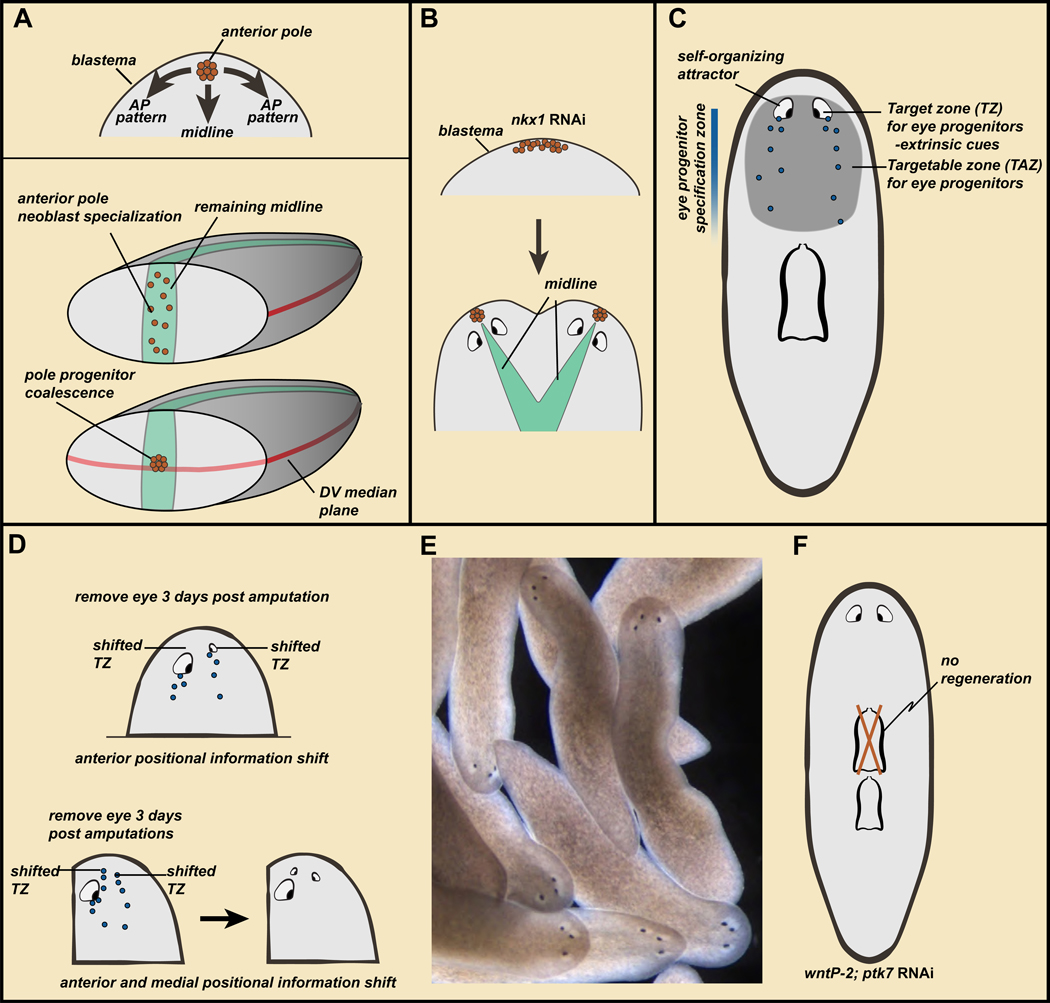Figure 5. Wound architecture, migratory cues extrinsic to progenitors, and self-organization produce blastema pattern.
A. Top, the anterior pole promotes ML and AP head-blastema pattern. Bottom, wound architectural cues determine the point of anterior pole formation, connecting blastema pattern to the pattern of pre-existing tissue. B. nkx1 RNAi can result in wider initial anterior pole formation in the blastema, with subsequent pole splitting and two heads. C. Model: self-organization and extrinsic targeting cues govern the migratory behavior of progenitors in regeneration. See text for details. D. Amputations lead to PCG shifting, but the self-organizing nature of the eye prevents progenitors from reaching their target zone unless the eye is removed (top) or progenitors are targeted enough medially to miss the eye on their migration path (bottom). E. Wild-type animals with three eyes stably maintain ectopic eyes. Data from (Atabay et al., 2018). F. wntP-2; ptk7 RNAi animals develop a second pharynx; the original anterior pharynx is maintained but not regenerated.

